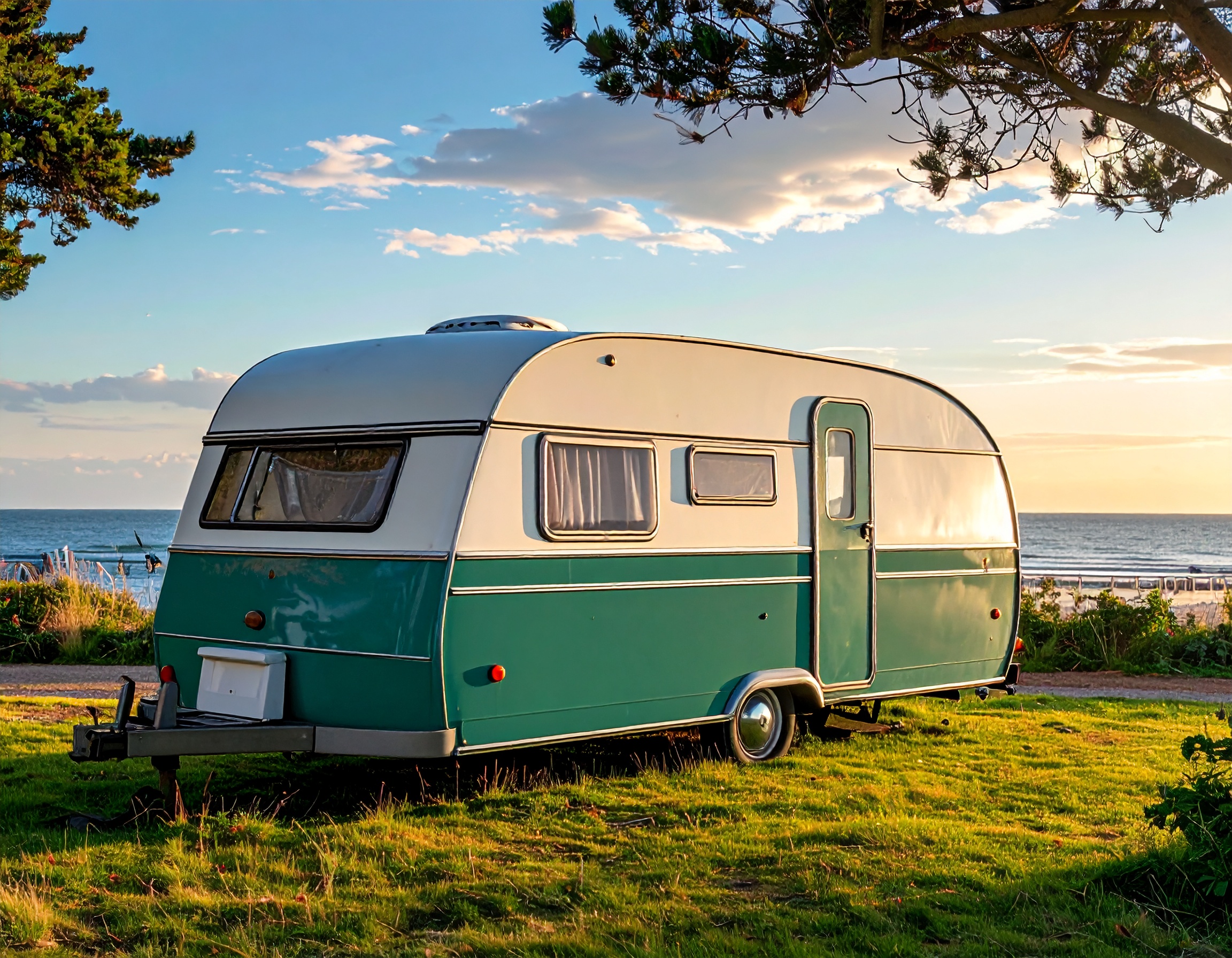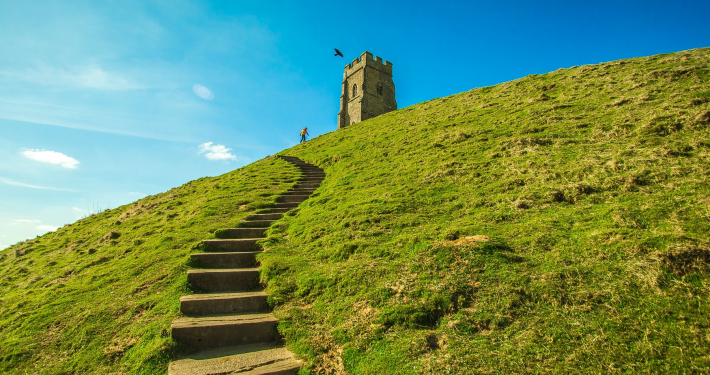The Evolution of Caravanning in the UK: A Focus on the Bluebird Teenager
Caravans have long been a cherished part of British culture, offering a sense of freedom and adventure. Their origins in the UK date back to the late 19th century when wealthy individuals began using horse-drawn caravans for travel and leisure. By the early 20th century, the rise of motor vehicles transformed these traditional caravans into motorhomes and trailers, making them more accessible to the general public. This change paved the way for the boom in caravanning that would come in the post-war years, particularly during the 1950s.
The 1950s marked a period of significant growth in the caravan industry, driven in part by an increase in disposable income and the desire for affordable holiday options among British families. As infrastructure improved, with better roads and numerous caravan parks opening across the country, the popularity of caravanning soared. Families began to see it not just as a mode of travel, but as a lifestyle choice—a way to explore the UK’s picturesque countryside and coastlines at reasonable prices.
One of the standout symbols of this era in caravan culture was the Bluebird Teenager caravan. Launched in the late 1950s, this caravan quickly became an iconic figure of the burgeoning caravanning movement. With its distinctive design and vibrant colours, the Bluebird Teenager captured the imagination of many families. It was lightweight and easy to tow, making it perfect for weekend getaways. Moreover, its innovative interior layout provided comfort and practicality, allowing families to enjoy their holidays without sacrificing modern conveniences.
Royston Cooper, a passionate caravanning enthusiast, fondly remembers his own experiences with the Bluebird Teenager. In a nostalgic reflection, he recalls how his family would pile into the caravan for summer travels during his childhood. “There was nothing quite like the freedom of driving off with the kids in the back, the sun shining, and the promise of adventure ahead,” he reminisces. His cherished memories of family holidays etched a lasting impression that has influenced his passion for caravans to this day.
Recently, Cooper took on the ambitious project of restoring a classic 1959 Bluebird Teenager. The journey to revive this piece of history was filled with both challenges and joys. He meticulously researched the original specifications and sought out authentic materials to bring the caravan back to its former glory. As he worked on the restoration, he filled the space with artifacts and decorations reminiscent of his childhood travels, from retro cushions to framed photographs of family trips.
Cooper’s restoration work not only highlights the craftsmanship of the original Bluebird Teenager but also serves as a tribute to a simpler time when families connected through shared adventures. His dedication has reignited interest in the caravan culture of the 1950s, showcasing how these mobile homes offered more than just a place to stay—they provided a backdrop for memories that would last a lifetime.
Today, the caravan industry continues to evolve, embracing modern technology while cherishing its rich history. The Bluebird Teenager remains a nostalgic symbol for many and is a testament to the enduring allure of caravanning in the UK. As families like Royston’s explore both past and present, the caravan’s legacy lives on, inspiring new generations to embark on their own adventures on the open road.




